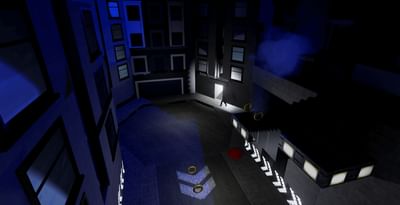

Creating Attenuation objectsĪfter you've installed and configured the necessary plugins: This setting is only required if you plan to test your project in the Unreal editor. Choose Spatial sound -> Windows Sonic for Headphones to get the best representation of what you'll hear on HoloLens 2.Right-clicking on the volume icon in the task bar.Spatial audio is disabled by default on desktop versions of Windows. If you're going to be previewing your application in the Unreal editor on a desktop PC, you'll need to repeat the above steps for the Windows platform:Įnabling spatial audio on your workstation Expanding the Audio properties and setting the Spatialization Plugin field to Microsoft Spatial Sound.Selecting Edit > Project Settings, scrolling to **Platforms, and clicking HoloLens.

You can enable the Microsoft Spatial Sound plugin for the HoloLens 2 by: Once the editor restarts, your project is all set! Setting the spatialization plugin for HoloLens 2 platformĬonfiguring the spatialization plugin is done on a per-platform basis. If you haven't already, you'll need to install the Microsoft Windows Mixed Reality and HoloLens plugins by following the instructions in the Initializing your project section of our Unreal tutorial series. Restarting the Unreal Editor by selecting Restart Now from the plugins page.Selecting the Enabled checkbox in the MicrosoftSpatialSound plugin.Clicking Edit > Plugins and searching for MicrosoftSpatialSound in the search box.The first step to adding spatial sound to your project is installing the Microsoft Spatial Sound plugin, which you can find by: Installing the Microsoft Spatial Sound plugin This article will walk you through the installation and configuration of the plugin and point you towards more in-depth resources. Before you can access this hardware processing support, you'll need to install the MicrosoftSpatialSound plugin in your Unreal project. High-quality spatial sound processing is complex, so the HoloLens 2 comes with dedicated hardware for processing those sound objects. When you add spatial sound in your mixed reality applications, you're enhancing the level of immersion your user's experience. Spatial sound emulates how human hearing works, providing the cues needed to identify sound locations in world-space. Unlike vision, humans hear in 360-degree surround sound.


 0 kommentar(er)
0 kommentar(er)
